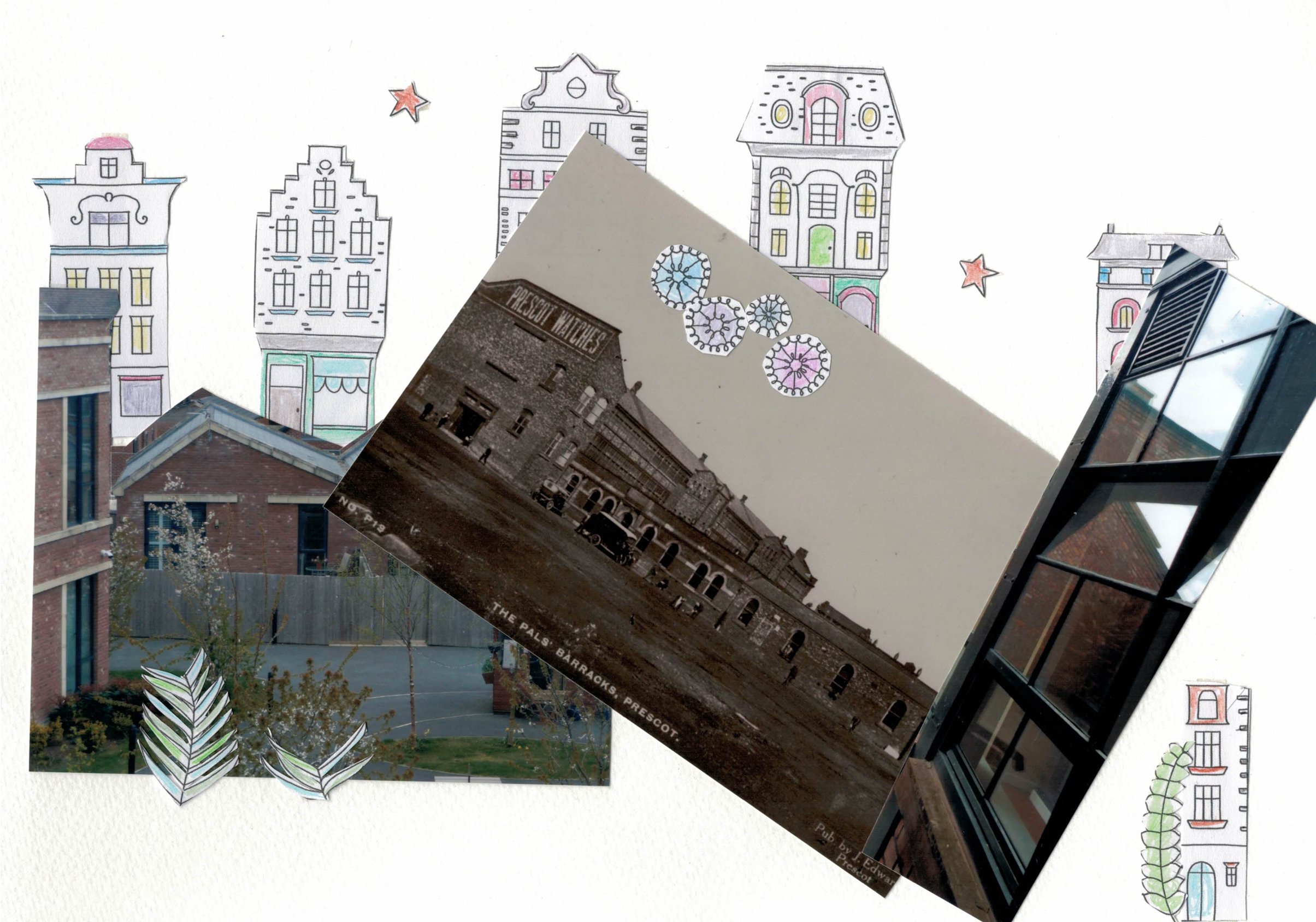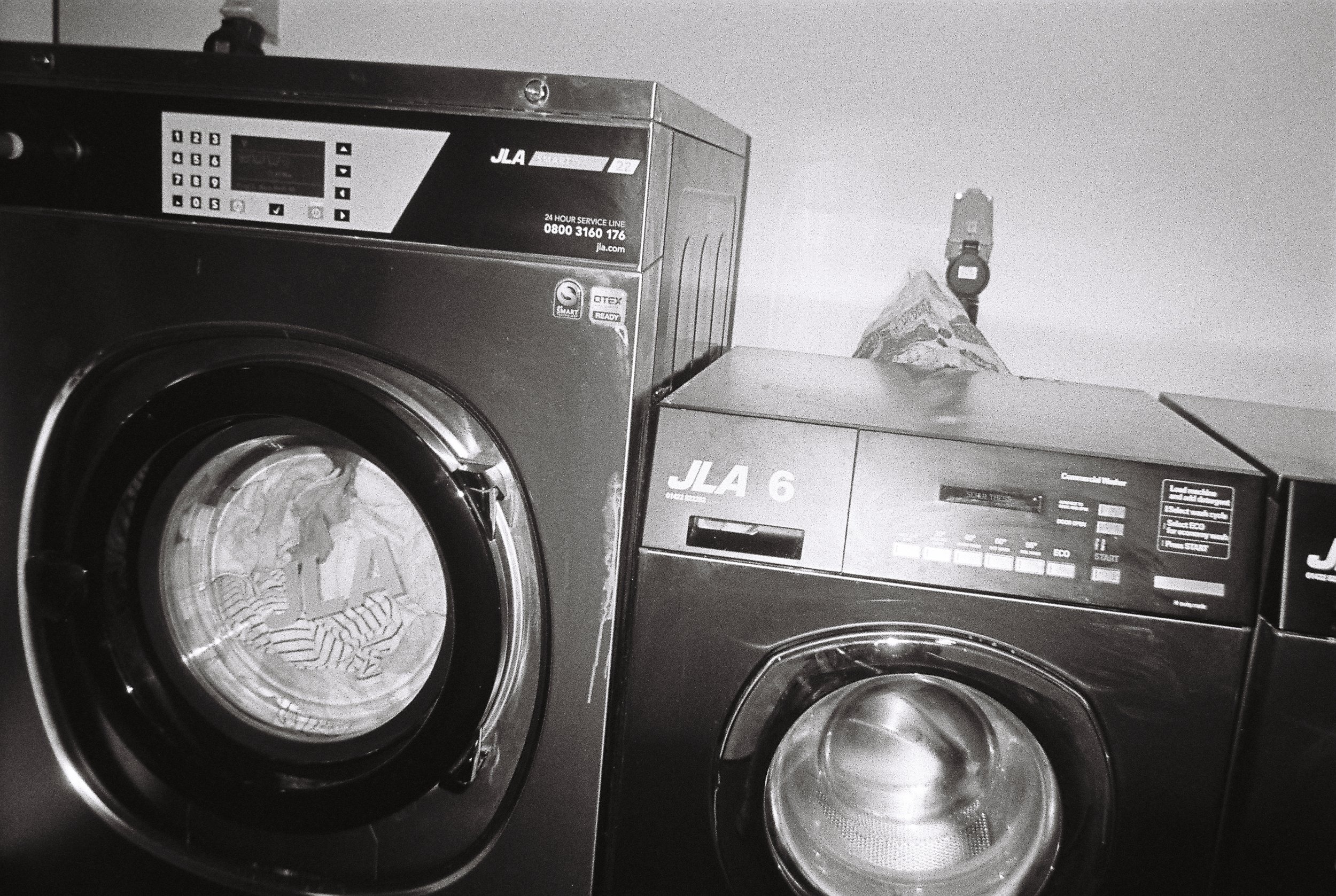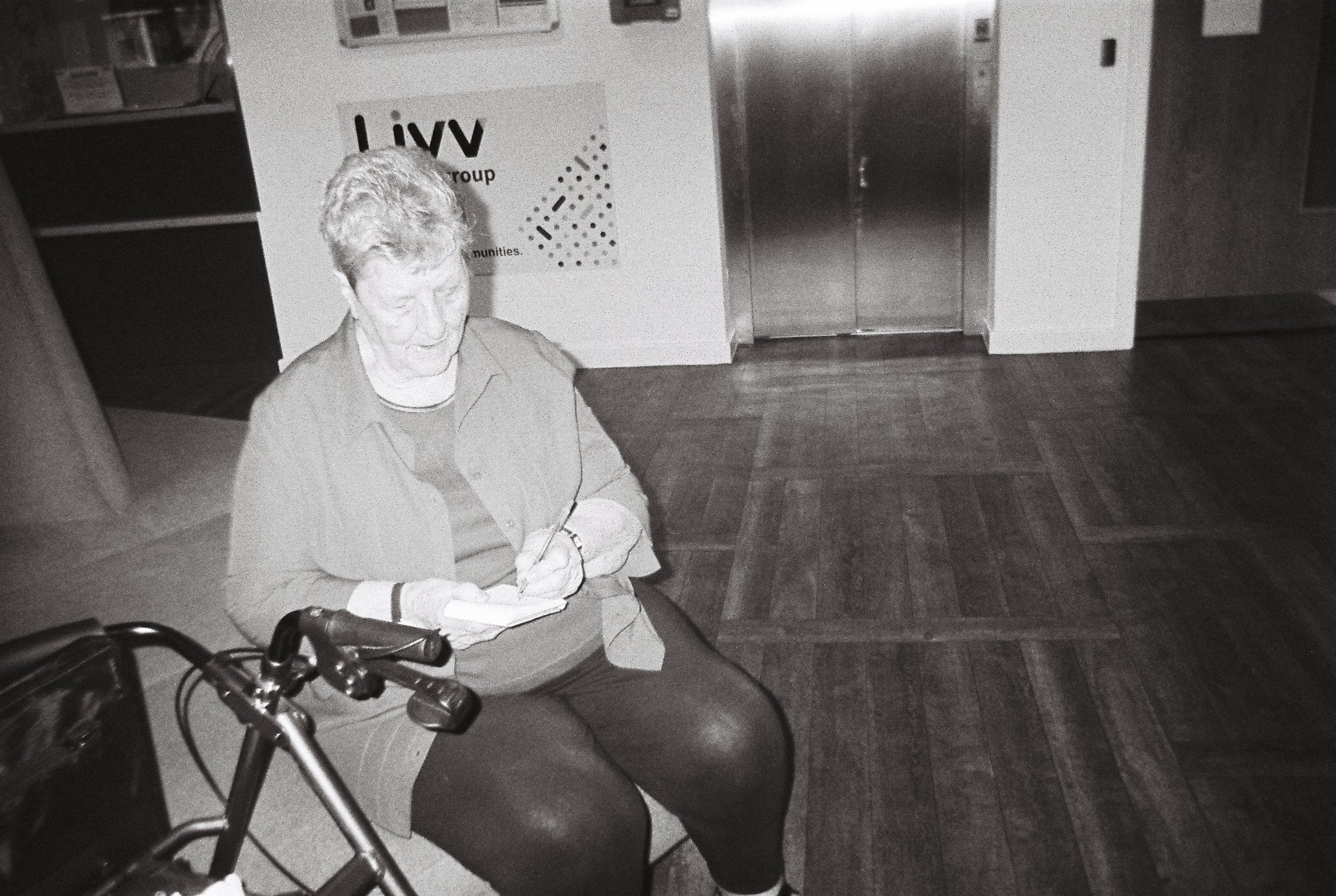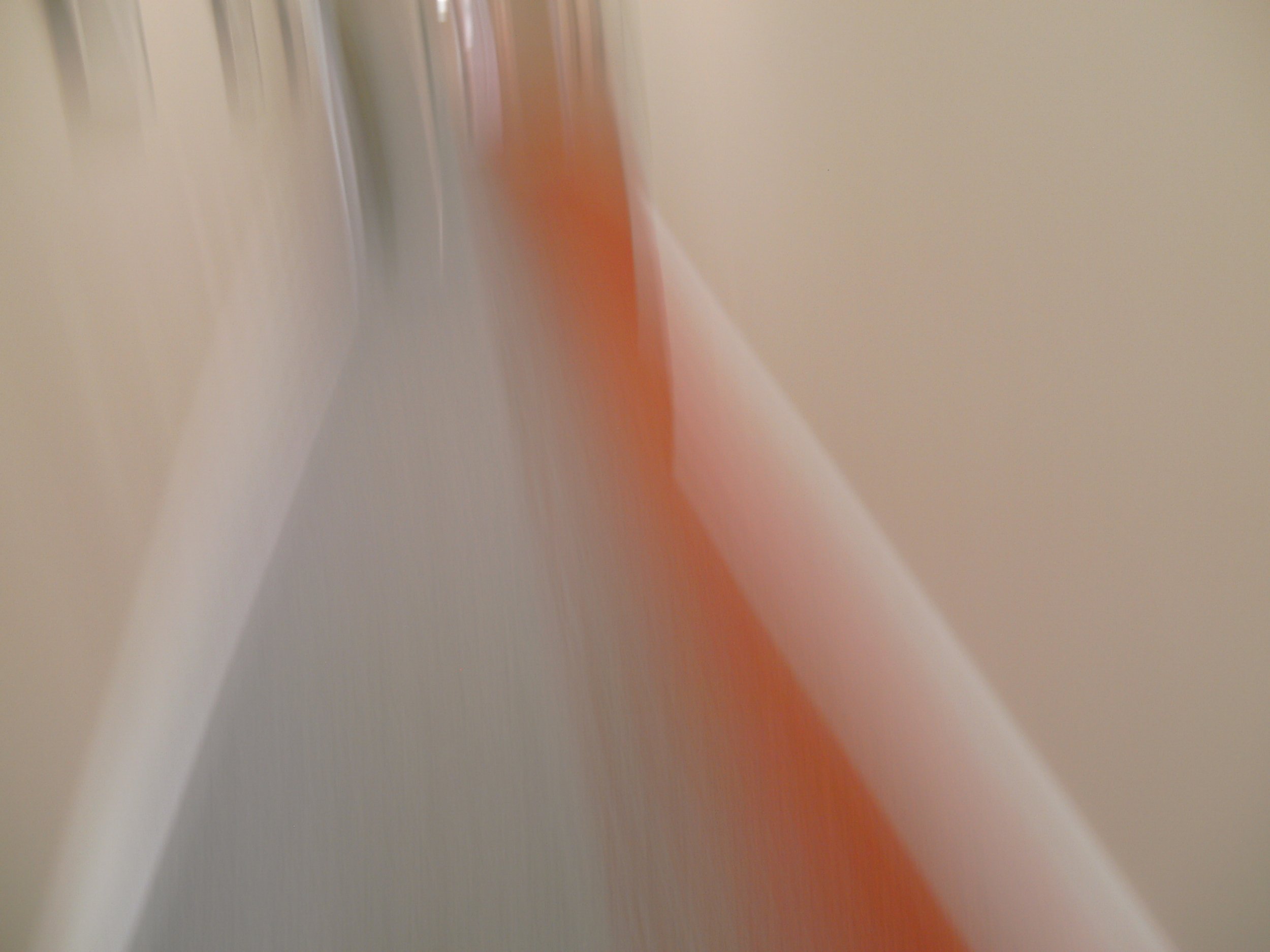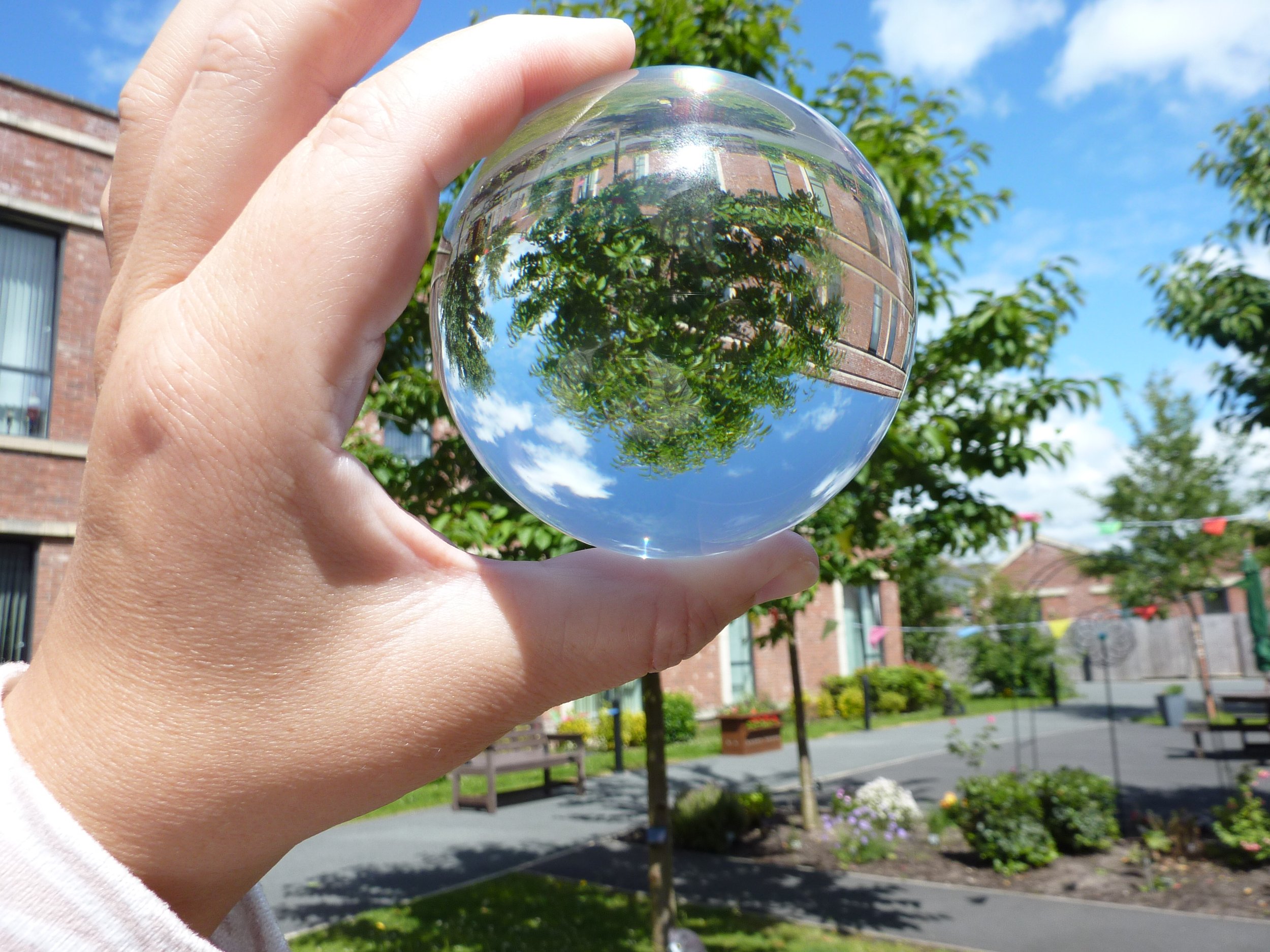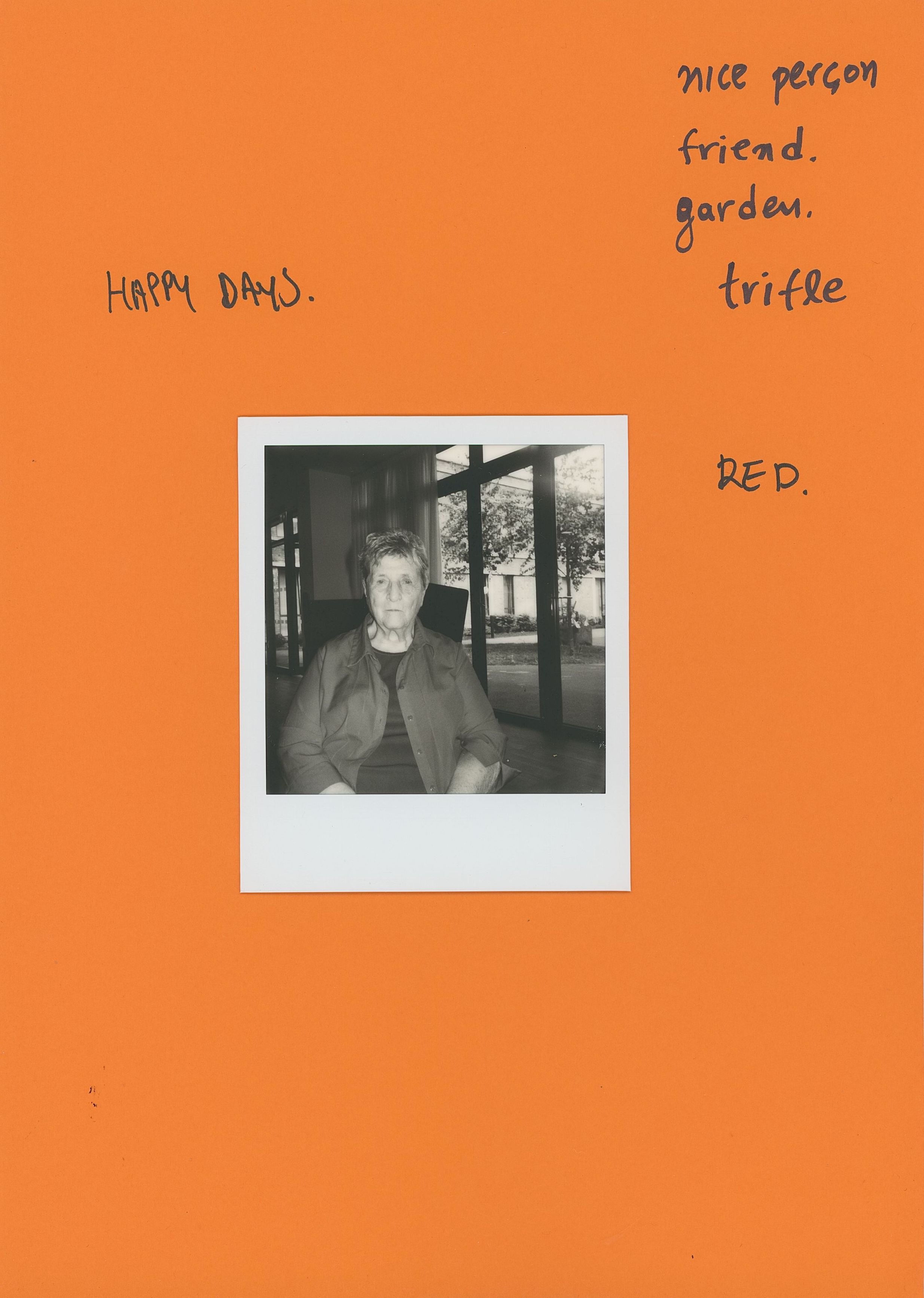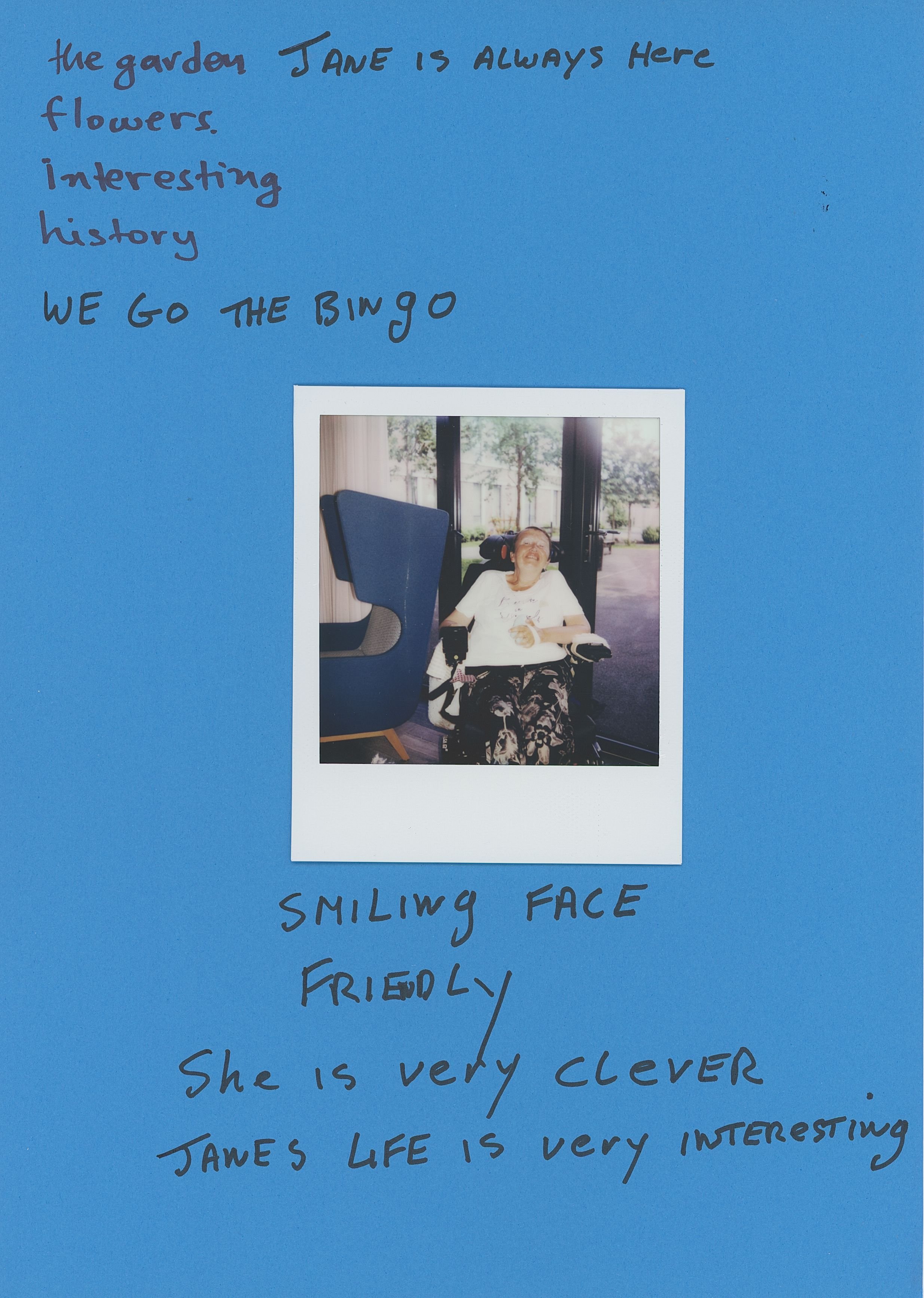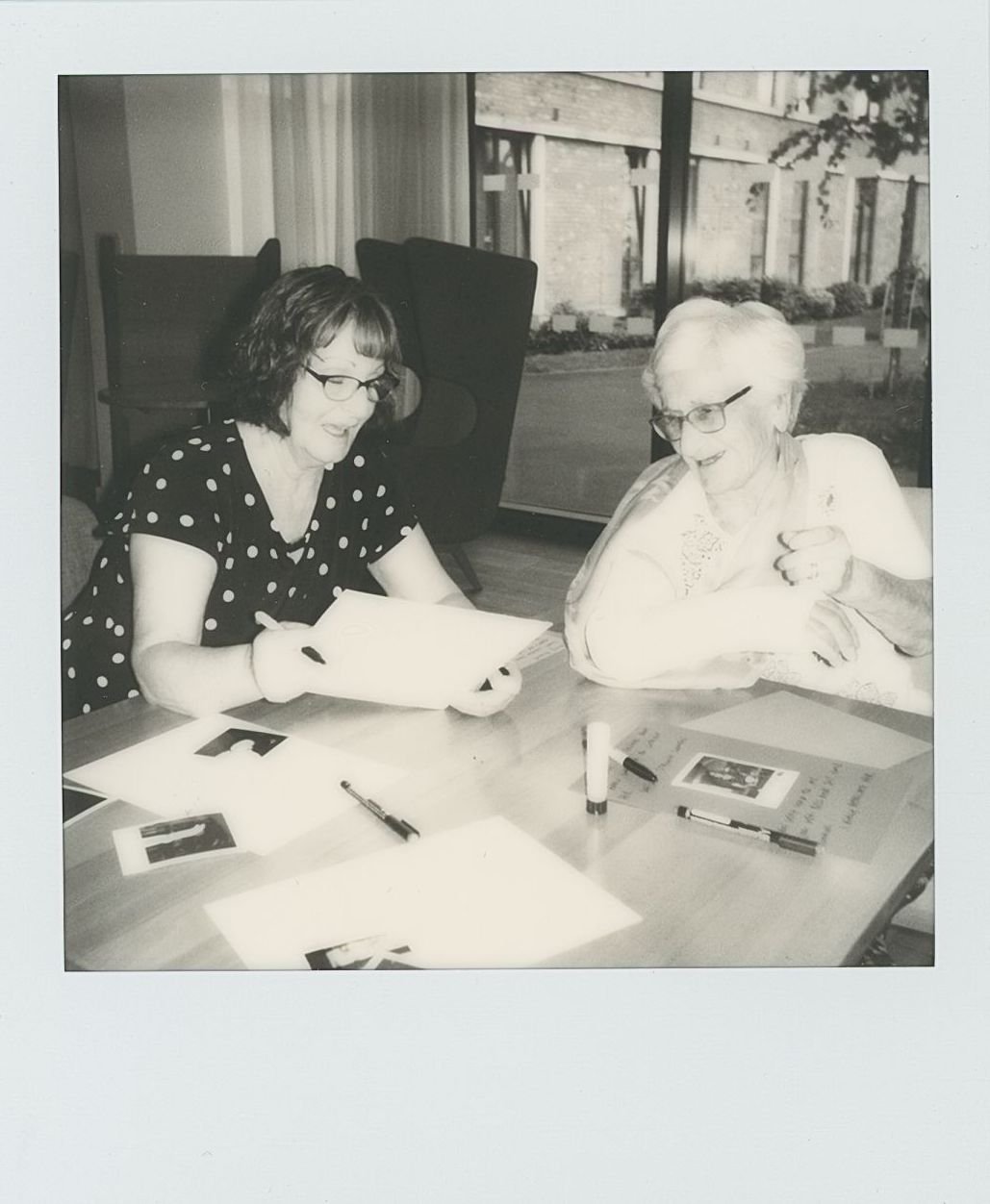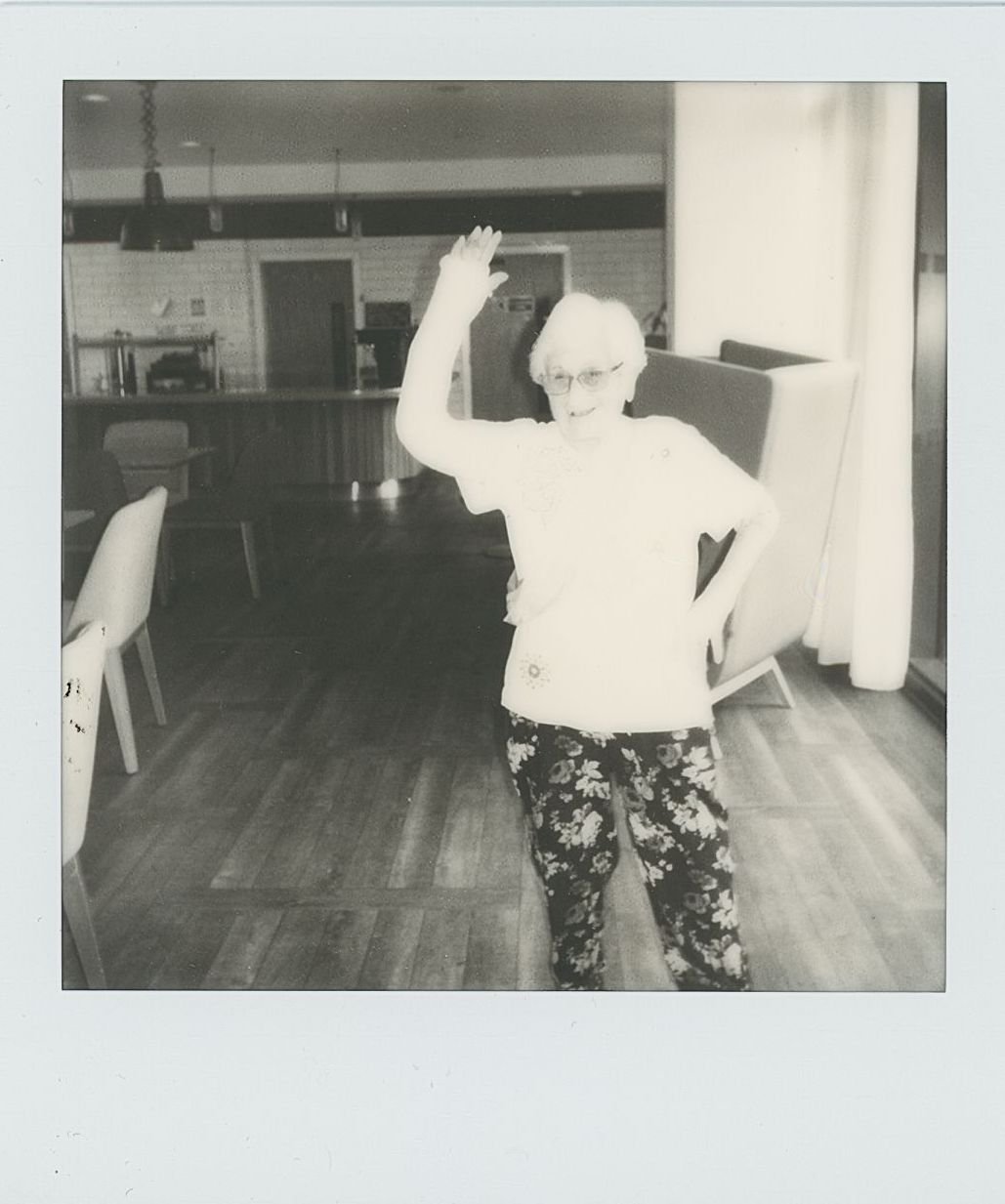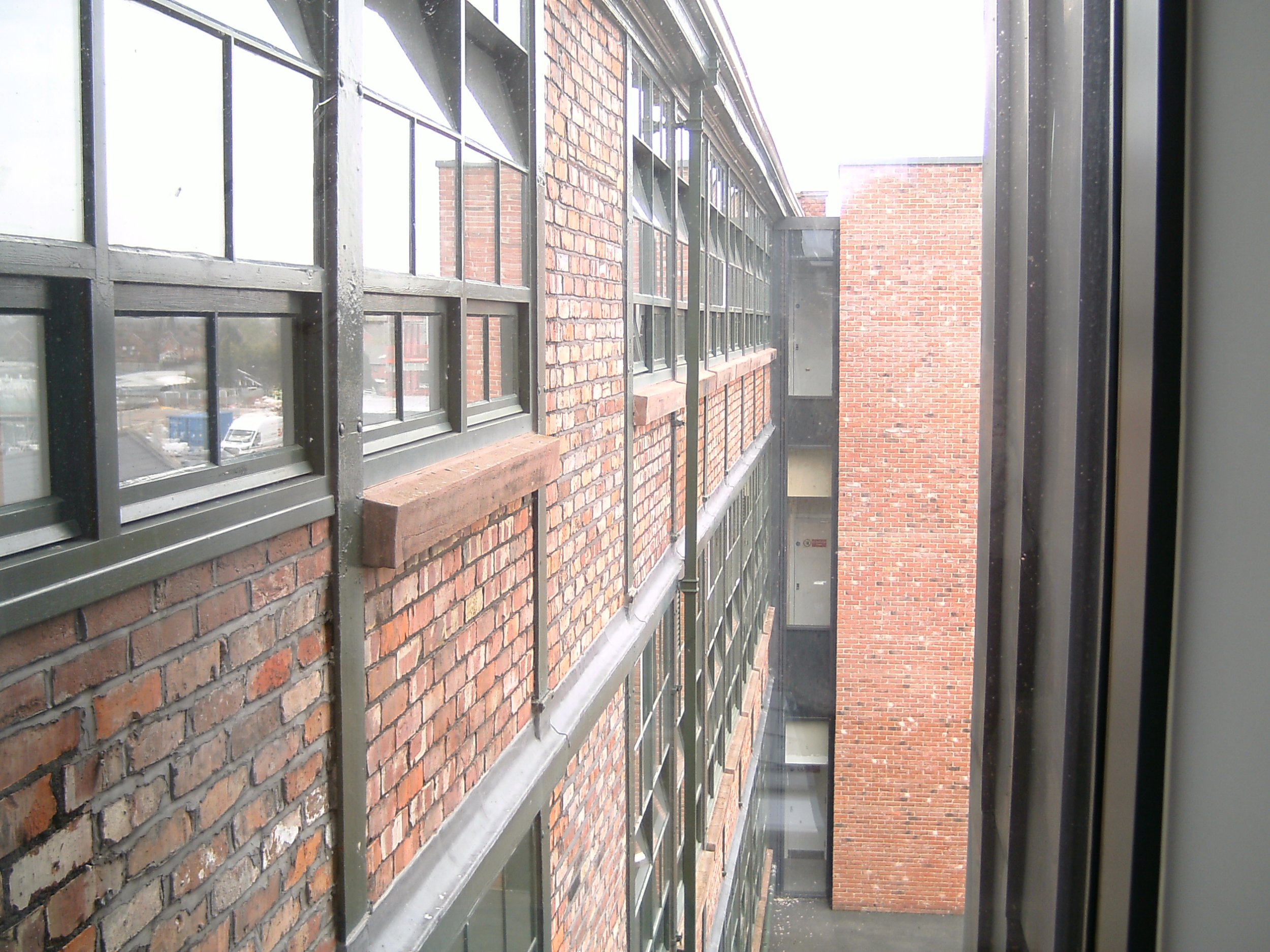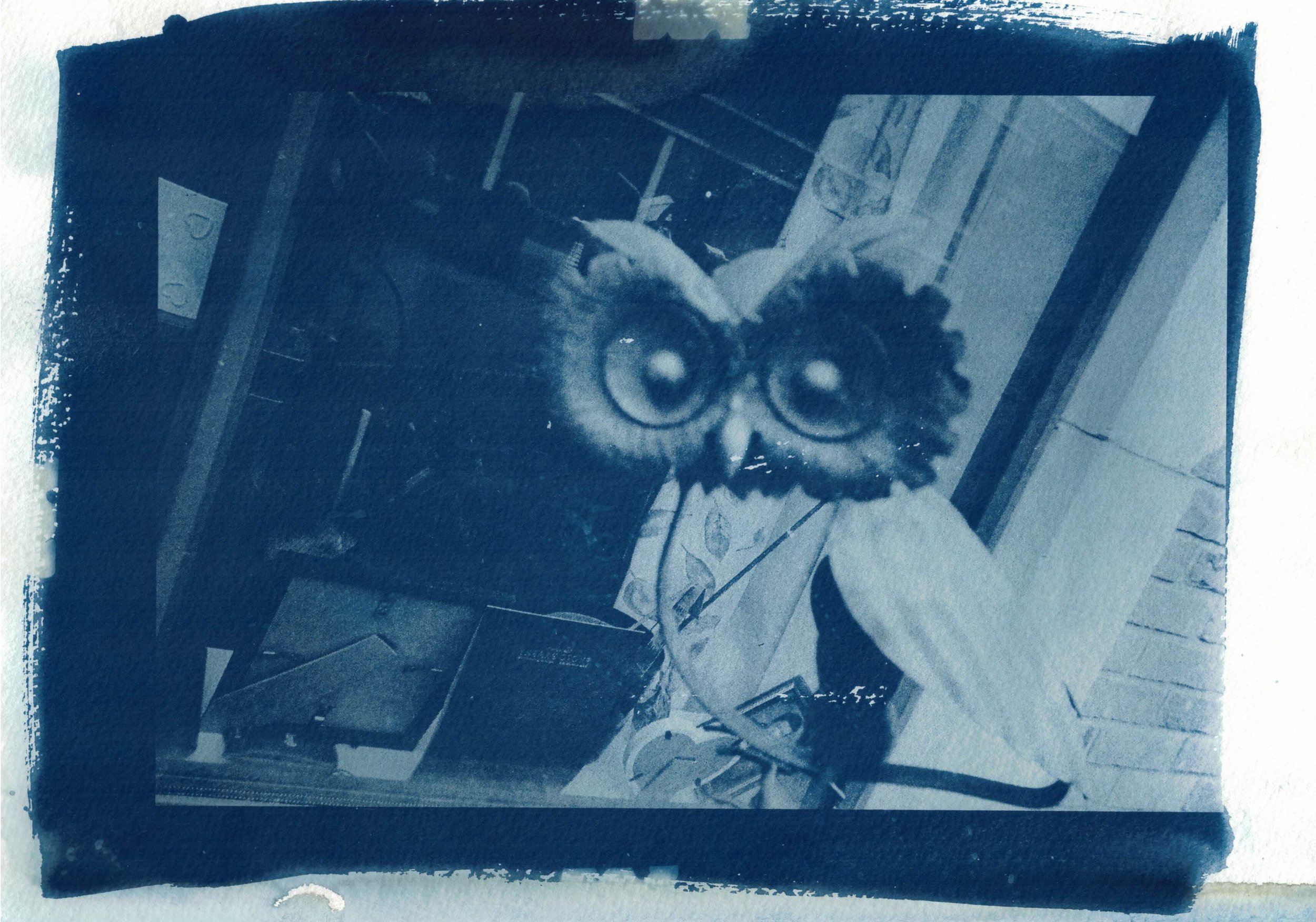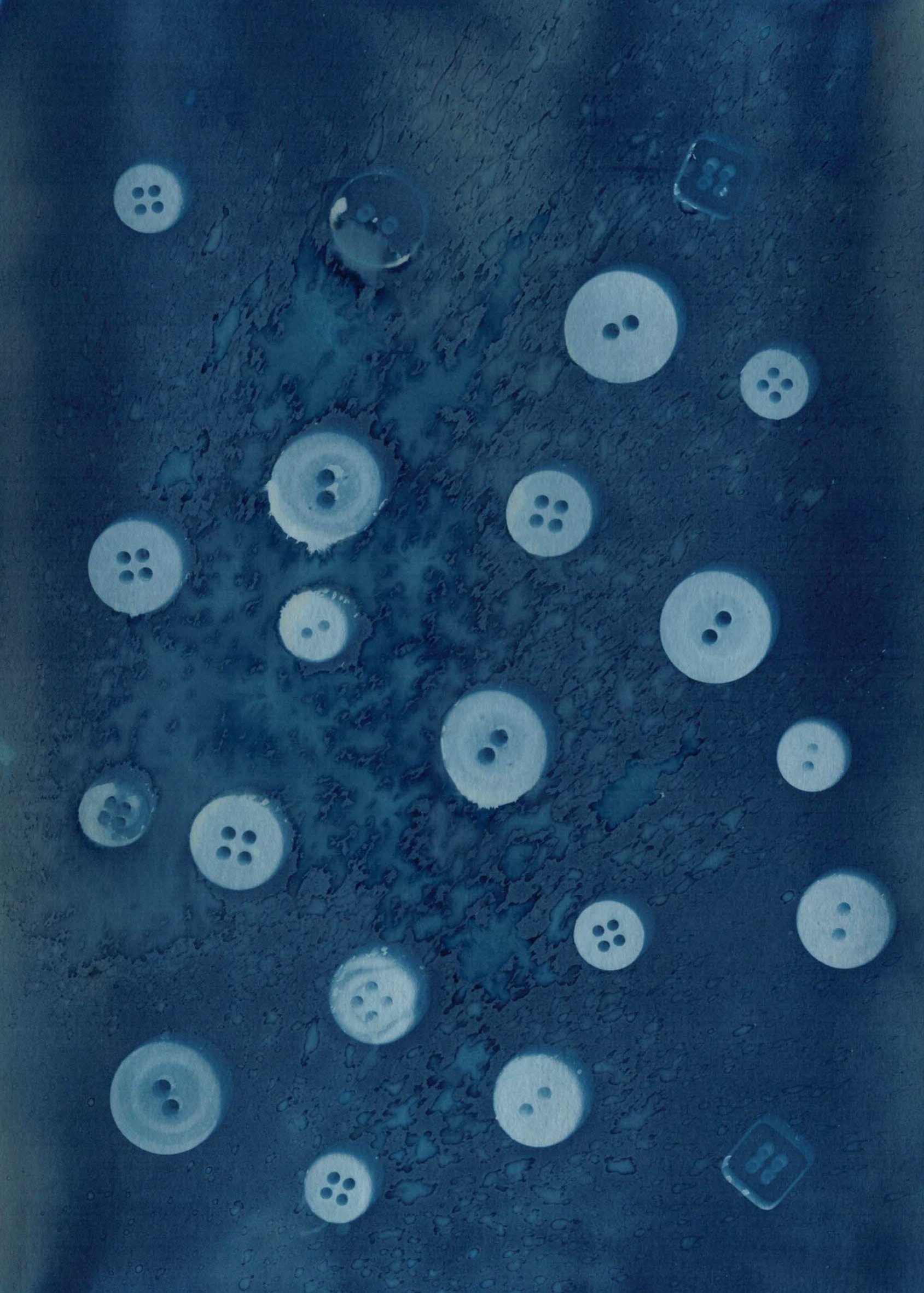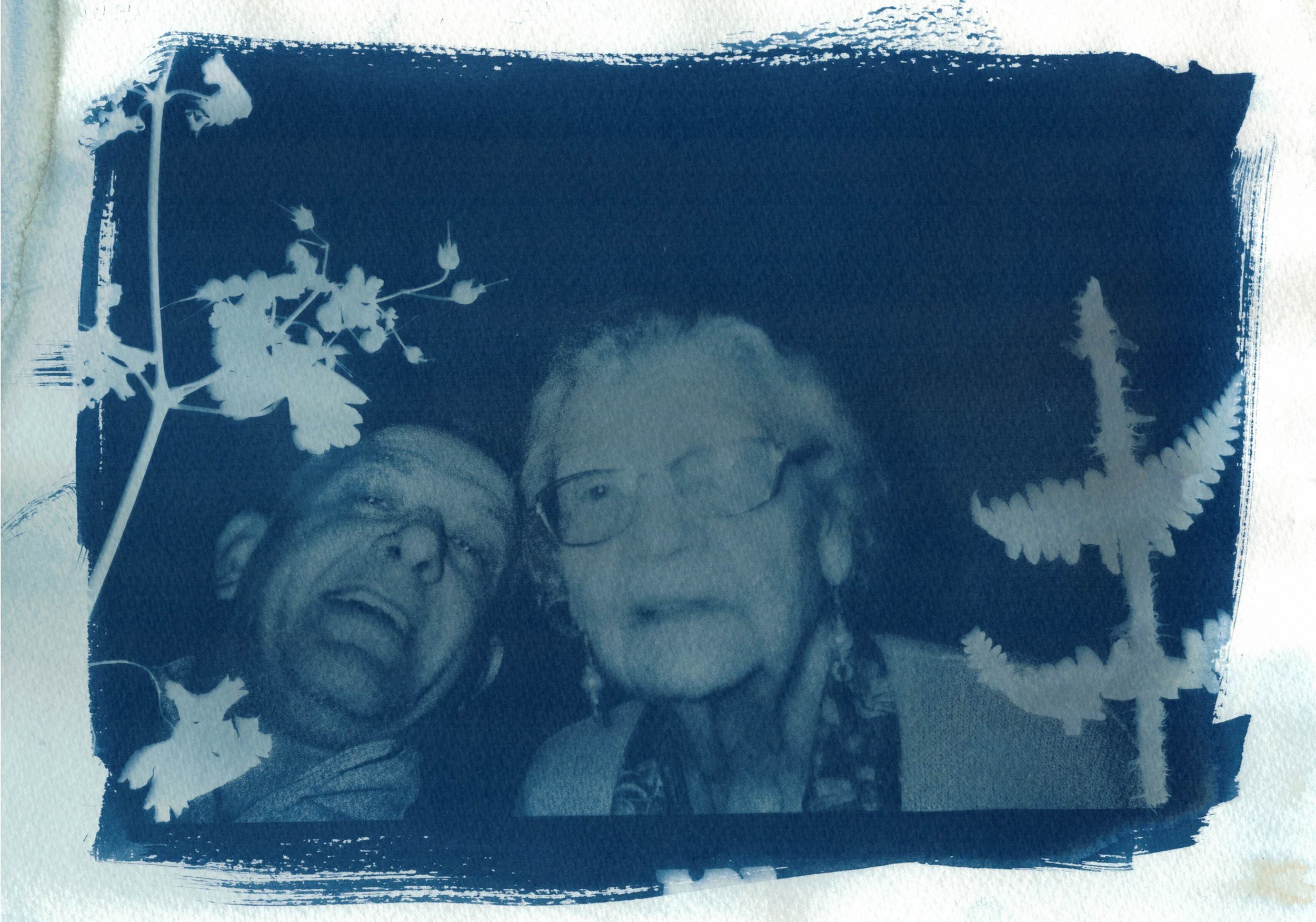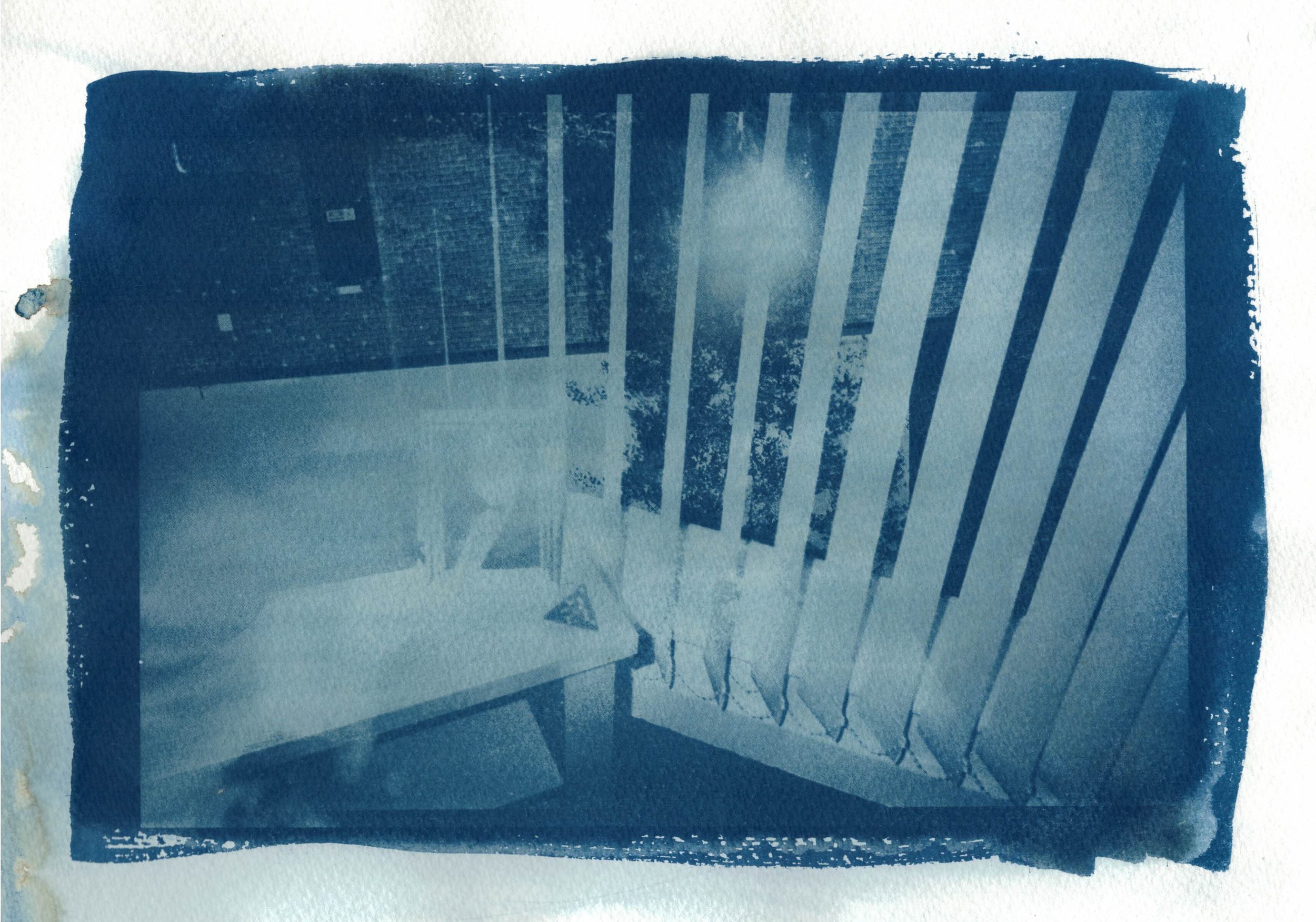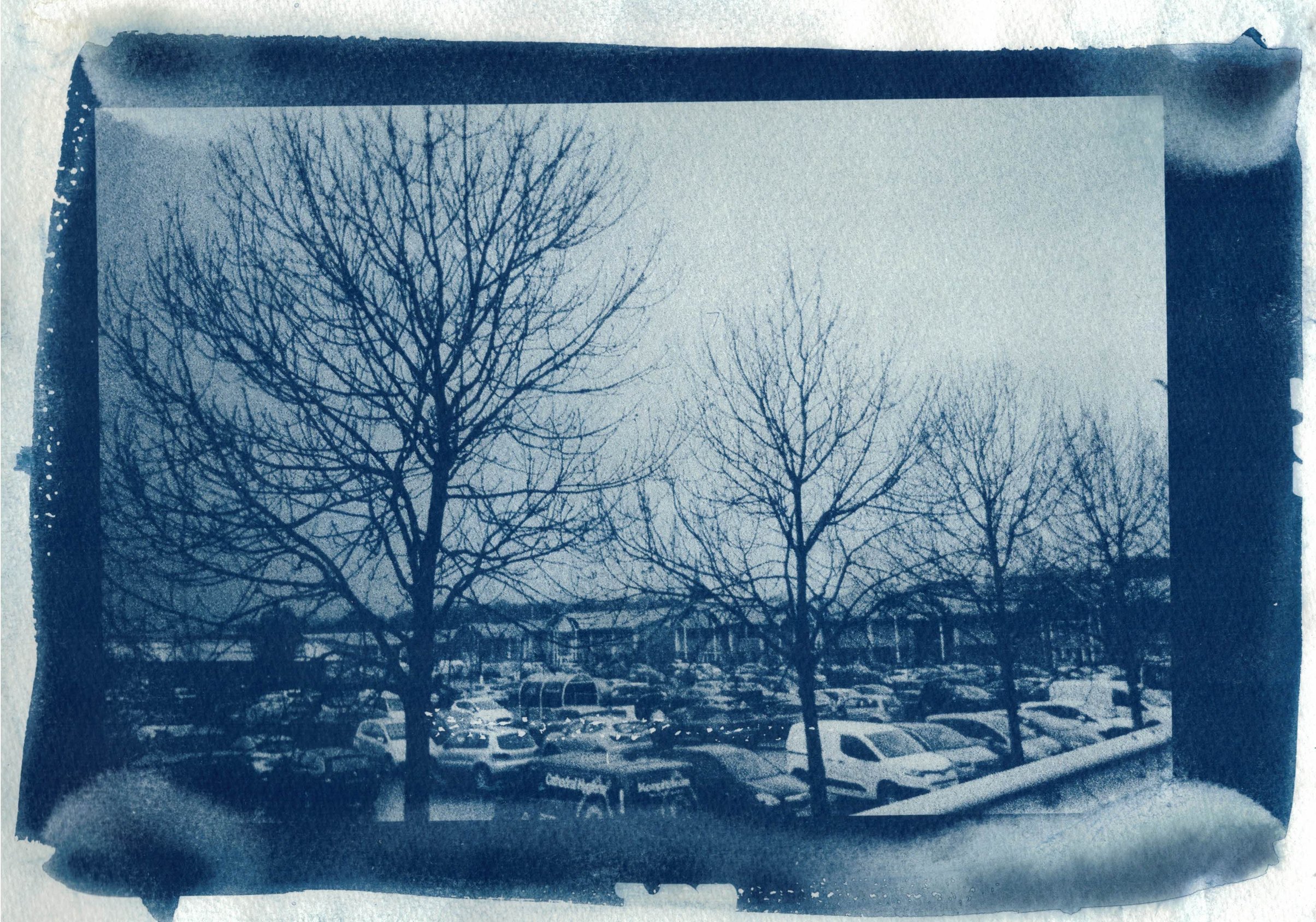notes from an inclusive socially engaged photography project
“inclusion (noun): the practice or policy of providing equal access to opportunities and resources for people who might otherwise be excluded or marginalized, such as those who have physical or mental disabilities and members of other minority groups.”
[long read]
This socially engaged commission from Community Integrated Care and Open Eye Gallery involves working with fellow photographer-in-residence Sam Batley and the residents of The Watch Factory, an extra care residential setting in Prescot, Merseyside. Inspired by the heritage of the building (which includes being a barracks in WW1 and a printing and bookbinding company called Tinling soon after), we’ve been working with residents since February 2022 to develop and run a new photography club.
The Watch Factory photography club admiring their cyanotypes, photographed by volunteer David Hiney
Despite my imposter syndrome, it’s impossible not to be socially engaged* with this project – every person in the group needs to support each other or be supported by me, Sam and our volunteers. That makes the approach and creation of work collaborative and it gives everyone a chance to participate. We’ve provided a creative framework for the group who have run with it, challenged it, and developed their own ideas as conversations have continued over the weeks.
It’s been a great project to put my Arts Council England DYCP learning into action (which focused on delivering inclusive socially engaged photography in non-traditional spaces). I’ve used a lot of my experience and skills gained from inclusive training with TramShed, an inclusive theatre company based in Blackpool; and also from taking part in the Making of Us programme.
We’ve left labels at the door in our sessions. But to give some specific context to the below tips, our group (including us and the carers) involves individuals living without needs and those with hidden and visible disabilities working together. We’ve got residents who have limited or no physical mobility (some are unable to hold a camera), and some have limited speech or are non-verbal. We’ve residents who are registered blind and those who are hard of hearing. Some residents struggle with hand dexterity and fine motor skills. We’ve worked hard to find ways to ensure everyone is able to participate equally.
Tips for inclusive socially engaged practice
As we head into the final weeks of the project, I’ve been reflecting on some of the challenges and successes in delivering this socially engaged project. Hopefully the below tips drawn from those reflections are useful for other photographers thinking about, or embarking on this type of inclusive SEP.
Jane’s diptych poem annotatation
Spend longer than you think on your ‘getting to know you’ sessions. We spent six weeks finding out about the residents, their interests, needs and listened to their stories through various exercises and creative activities. This may seem like a long time, but it has paid off further down the line in terms of building trust and relationships. The primary benefit is that it has allowed us to really get to know the barriers faced by individual residents, and how we can overcome them so they can be included, no matter their need or ability.
Get some inclusive training from an organisation like TramShed. Each individual and group is different, but an inclusive arts grounding (which is different to disability arts) will give you the skills needed to think strategically about what inclusion ‘looks like’ and how to develop an inclusive practice for socially engaged projects.
Don’t run the sessions by yourself. It would be impossible for me and Sam to inclusively deliver the sessions either without each other or our volunteers (thank you David and Eleni!). Ask for carers to support those in your group who need specific help and involve them in creating work too.
Be ready for care staff not to be available at the last minute. They are busy and emergencies can crop up. Create a back-up plan in case you have to deliver activity by yourself. Think about how you can adapt and deliver the same (or similar) activity if your support workers have to leave the group – for example, can you pair up individuals with different skills and abilities to help each other? Have an activity up your sleeve for these eventualities.
Don’t presume something can’t be achieved. Start from a ‘can do’ perspective and develop workarounds. With one resident who has no speech or ability to handwrite, Sam came up with the simple idea of emailing question prompts before each session, which meant they could prepare their answers in advance for conversation or creative tasks (which we then read aloud). Just because someone can’t do something in the moment, it doesn’t mean they have to be excluded.
Think about what is ‘good enough’ when it comes to your inclusive practice. What does success look like for you/the residents (and ask them)? I desperately wanted all the residents to be able to take photographs independently, even if they couldn’t physically press the shutter button. But in reality, for this project it just wasn’t possible. I’ve been frustrated that we can’t access and buy assistive technology (like wheelchair head support buttons/switches to trigger a camera’s shutter button) where remote releases weren’t a feasible option for residents. Whilst you might try to provide an equal experience for all, don’t give yourself a hard time if can’t - just do your best.. We knew from the start that Community Integrated Care had two main outcomes: 1) residents enjoy themselves and 2) residents have a social experience. Listen to what the client and individuals say - getting into a new environment for a couple of hours each week might be good enough (which the group tell us it has!).
Don’t compare yourself to others working on socially engaged projects. You don’t know their group; the conversations or their overall approach to SEP which may be different to yours given the breadth of interpretative definitions that exist for this type of work. And with that in mind…
Activities do not have to be complicated or unique to meet your outcomes. Taking the lead from residents (who’ve been interested in documenting the current Watch Factory ‘story’ and themselves as the modern-day custodians) we’ve shown participants how to use digital cameras, film cameras, introduced them to cameraless photography (through cyanotypes and lumens) and tried some collage and creative writing exercises. We’ve shared activities with residents that we’ve used before and are confident in delivering. I’ve been worried about not coming up with anything ‘new’ because of this. But I’ve decided (today!) that it doesn’t matter - we’re doing what works for the residents. Go back to your ‘why’ and project outcomes (i.e the benefit, difference or change you want to make) if you feel the pressure to ‘be different’. Forget about coming up with something novel, the uniqueness lies in the conversation and people, not the output. Prioritise the needs of the group in your conversations - abstract concepts may not be suitable for certain individuals so be mindful of this in your approach. Keeping things simple does not mean dumbing down.
Don’t plan longer than a week or two in advance. This isn’t new to SEP but it means you can respond to the participants’ interests and the direction that conversation goes each week. In all honesty, this approach has nearly killed me (!). I’m a big planner and because of my family situation I need to usually prepare well in advance to work around home life and also other work commitments. Think about whether this approach would suit you, and how much time you’ll need to block for planning.
Don’t be afraid of repeating activities. Sam and I have referred to previous group conversations and built on similar activities week by week. Common in inclusive practice, this helps to reinforce learning and clarity of progression. In our group, repetition helps those who aren’t able to recall specific tasks or discussions from the week before.
Take different learning speeds and styles into account. Scheduling longer than anticipated for activities has become standard each week. This gives everyone the space and time they need to understand, think and do. As ever with SEP work, it’s about quality of experience and not quantity of output.
Make sure you allocate time for administering the project. Whilst the process (i.e. conversations) are first and foremost for me and Sam, we’ve generated a huge amount of creative work with the residents. Each week that work has to be scanned and/or saved. Creating accessible formats and materials takes time. Communicating and responding in advance of sessions needs additional work. Records have to be updated and revised plans made. Use online time keeping software like toggl to monitor your hours (and don’t go over what you’re being paid to prep and deliver - famous last words!)
What’s next?
The residents have told us that the photography club has given them a new social opportunity and they’ve made new friends. Many of the people in our group hadn’t spoken to each other before, even though they’re neighbours or live within the same part of the building. The photography challenges we’ve set them inbetween sessions has encouraged them to meet outside of the club, working together to help each other create new artwork. And we’ve anecdotally heard that it’s improved some of the residents confidence and positively contributed to their mental/physical ability or rehabilitation.
I’m sure there will be lots of other things to add to the above list once Sam and I have completed the final weeks of the project. I hope that the group will continue with their photography club when we have finished, and that we leave a legacy of new skills and inspiration. And I hope that we’ve changed the residents’ perception of what photography can be, and how it can positively contribute to their health and wellbeing.
The project is part of Open Eye Gallery’s Young at Art initiative, working with those aged over 60 across the Liverpool City Region.
*Art that is collaborative; art which puts community participants on the same level as the artist and involves them in the design and decision-making processes. Socially engaged work is participatory and usually focused on how artists work with communities to document what is important to them, rather than the artist documenting it for them. My approach to socially engaged work as an artist is very much process-driven, where the process of working with the participants is of equal (if not more) importance than the finished output.
Below: a selection of work by the group which has included Freda, Marie, Jane, Dot, Peggy, Brend, Nelly, Cathy and Brian along with Marge, Sam, Eleni (volunteer) and David (volunteer).
